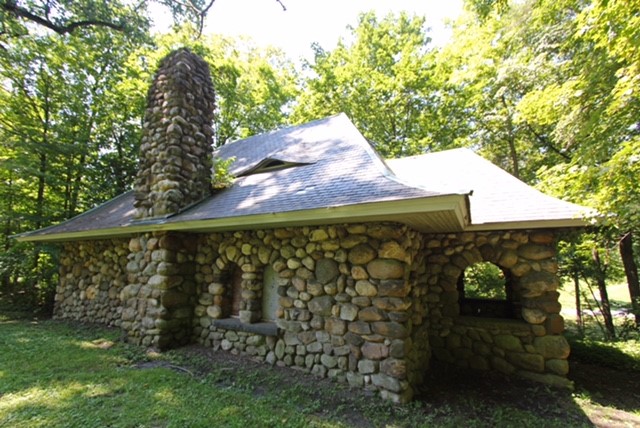 Vanderbilt Powerhouse (NPS)
Vanderbilt Powerhouse (NPS)In 1895, the Vanderbilts purchased Hyde Park from the estate of the late Walter Langdon Jr. Several new buildings were commissioned for their new country place. One of these new buildings was the Powerhouse. Situated on the Crum Elbow creek between the Albany Post Road and the Hudson River, the Vanderbilts would have their own electric power station.
In 1957, the history of the Powerhouse was compiled by historian Charles W. Snell as follows:
“The Power House is a one story, cobblestone building with a slate roof. The building contained a shop, battery room, and pump room. The structure was designed and built by the engineering firm of W.T. Hiscox & Co. of New York City, in 1897. The building was heated by a coal stove. All electric power for the estate from 1897 until sometime in the (late) 1930’s was generated in this building. Beginning in 1940, the electric power for the estate was obtained from Central Hudson Gas & Electric Co.”
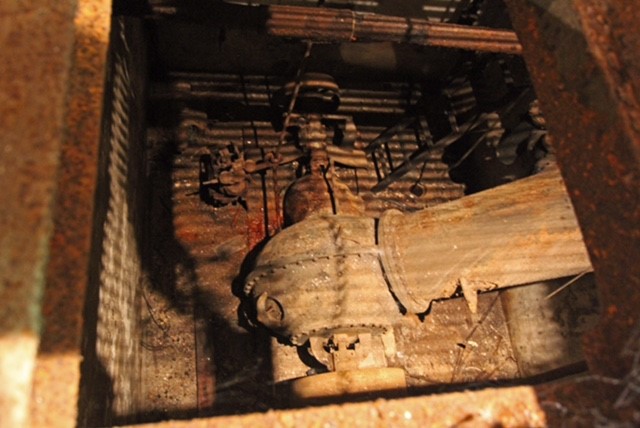 Flume & water pump in Powerhouse basement (NPS)
Flume & water pump in Powerhouse basement (NPS)“In 1940, the water pump, a Gould Triplex pump dating from 1899, was operating in the Power House. It was powered by a water wheel operating on a 25’ head. The water to operate this pump was obtained from Sherwood Pond and was piped to the Power House through a 30” flume. In addition to the water power, there was also a 7 ½ h.p. electric motor that was used (to pump water) when there was not sufficient water in the Crum Elbow Creek for the operation of the water wheel. The usual operation speed was 25 to 30 r.p.m.”
“The Power House was under the charge of the Engineer, Mr. John Reeves, who lived in the Gate House by the River entrance. He was the only man employed on the job.”
Once the work on the Power House was completed and electric lights were installed in the mansion, it is reported that on occasion residents from the village would stroll down the Albany Post Road in the evening to watch the lights come on to the delight of the onlookers.
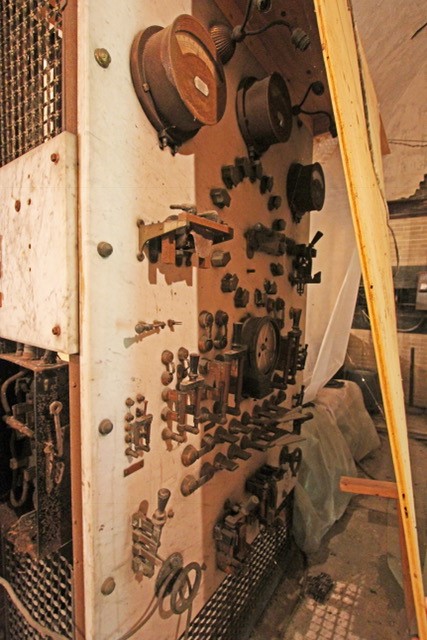
Main electical control panel (NPS)
At the Hyde Park Powerhouse, the battery room held multiple Chloride Accumulator cells. These batteries were charged continuously by a dynamo that was either turned by water, or by a gas/gasoline fueled engine that was employed in periods of low water flow. The batteries in the Powerhouse were used to light the Mansion and Pavilion, and they were connected by underground cables supplying the electricity needed for the lights in the houses. The line which led to the Coach House was an overhead line and supplied electric service for lights and likely a few small electric motors in the machine shop.
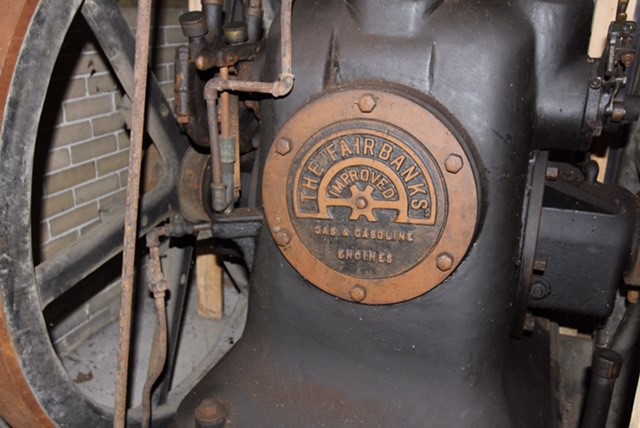 Gas & gasoline powered motor used whenever the creek ran too low for power generation (NPS)
Gas & gasoline powered motor used whenever the creek ran too low for power generation (NPS)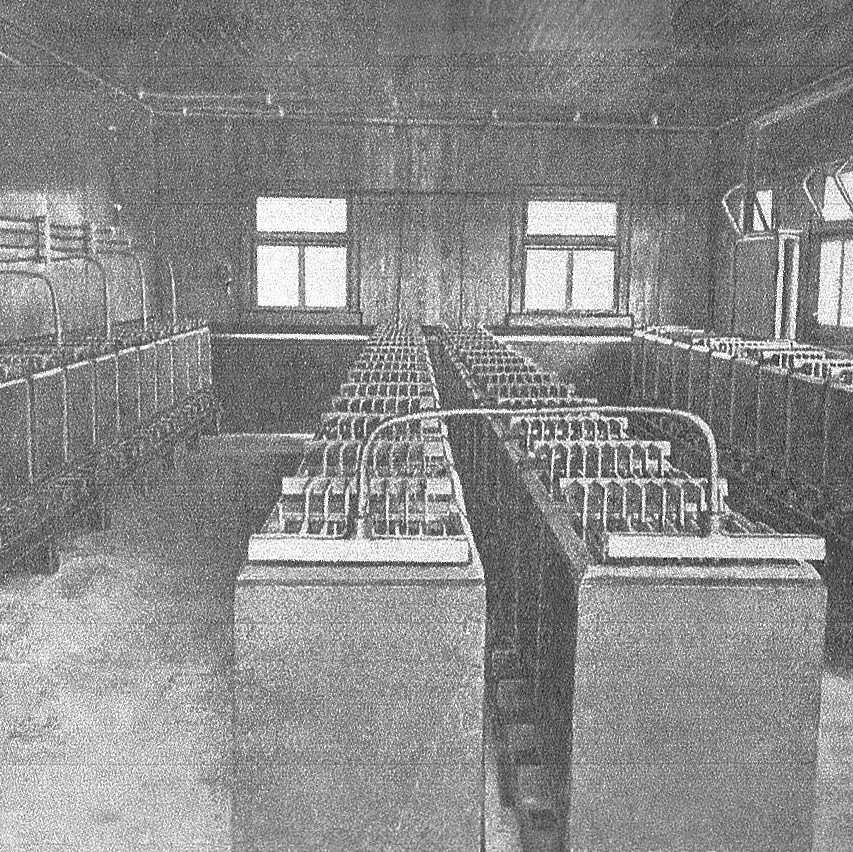 The battery room in the powerhouse at Crumwold, the Home of Mr. Archibald Rogers, wealthy neighbors of the Vanderbilts. This is typical of the battery for electric storage the Vanderbilts would have used in their powerhouse (NPS)
The battery room in the powerhouse at Crumwold, the Home of Mr. Archibald Rogers, wealthy neighbors of the Vanderbilts. This is typical of the battery for electric storage the Vanderbilts would have used in their powerhouse (NPS)When Frederick Vanderbilt installed an elevator in the mid 1930’s, a separate line was brought in underground from Central Hudson’s electrical service along Route 9. This conservative attitude toward investing in upgraded generation equipment explains why there were no mechanical lifts, washing machines or mechanically cooled refrigeration in the houses and outbuildings. The existing plant simply couldn’t handle the electrical load required for the equipment and Mr. Vanderbilt seemed not to wish to upgrade to a more powerful generating system.
Frederick Vanderbilt’s home had several new technologies incorporated in its’ design. Steel I-beam construction, hot and cold running water, indoor flush toilets, central heat, to name a few. But electric lights for most Americans in rural areas of the country wouldn’t become a reality until FDR’s “New Deal,” more than thirty years later. It’s no small wonder that the townspeople of Hyde Park were so impressed.
